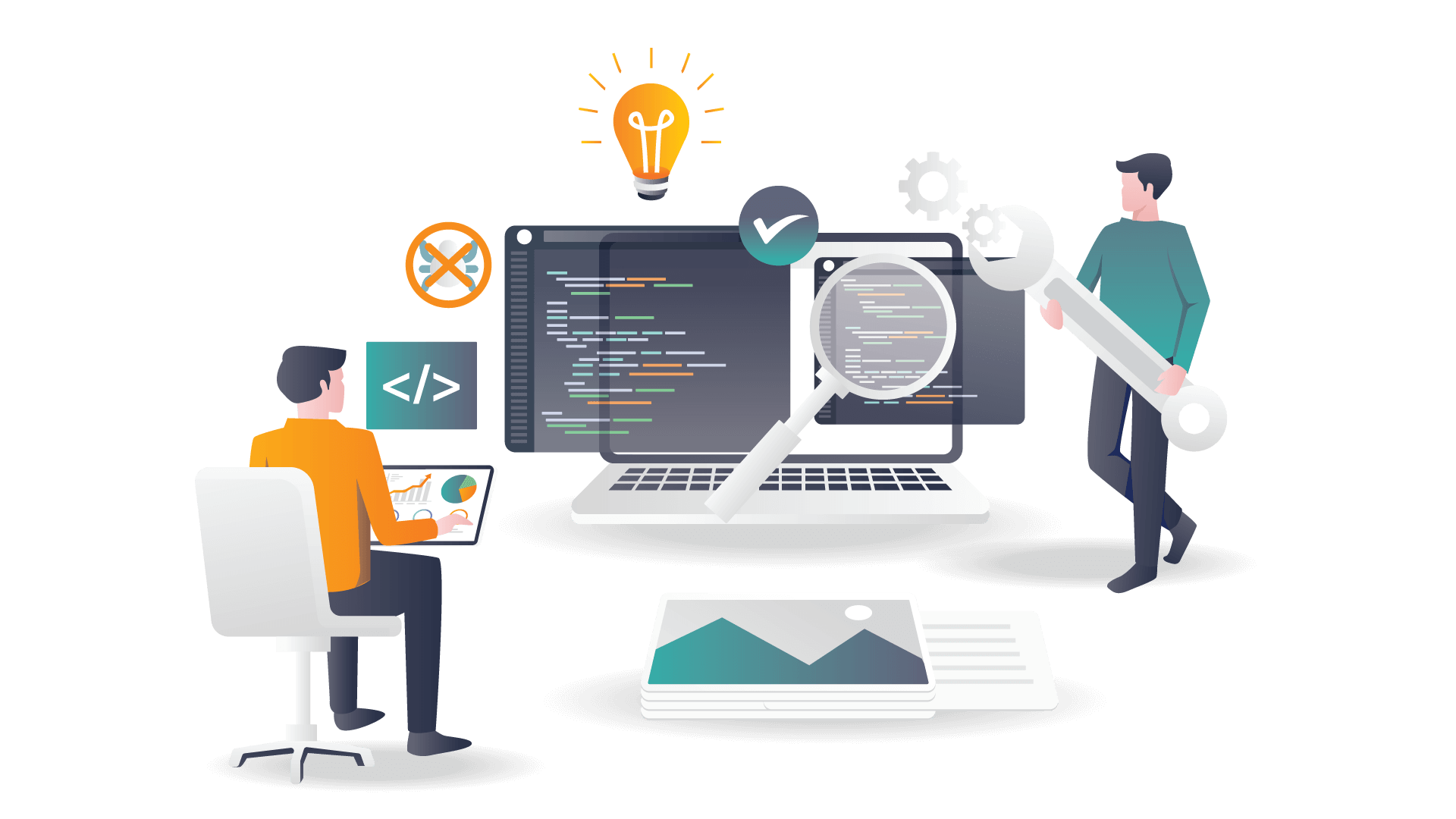News Blast: Your Daily Update
Stay informed with the latest news and trends.
Debugging: The Game of Code Hide and Seek
Uncover hidden bugs in your code! Join the thrilling game of Debugging: The Game of Code Hide and Seek and master your programming skills.
Top 5 Debugging Techniques Every Coder Should Master
Debugging is an essential skill for every coder, as it can significantly enhance the efficiency and quality of your code. Among the various techniques available, logging stands out as a fundamental approach. By strategically placing log statements throughout your code, you can trace the execution flow and catch errors early. This technique helps identify the state of variables at different points and can be invaluable when trying to understand complex issues. Another powerful method is breakpoints, which allows you to pause the execution of your code and inspect its current state. Utilizing an Integrated Development Environment (IDE) that supports debugging can make this process much smoother.
In addition to logging and breakpoints, unit testing is a technique that every coder should embrace. Writing tests for individual components of your code ensures that they function correctly, and can help catch bugs before your code even runs in production. It promotes a habit of thinking critically about your code structure and logic. Moreover, rubber duck debugging is an interesting approach that encourages you to explain your code and its logic to an inanimate object. This process often clarifies your thoughts and reveals errors you may have overlooked. Lastly, collaborating with others through code reviews can bring fresh perspectives and catch mistakes that you might not see on your own.

Common Debugging Mistakes and How to Avoid Them
Debugging is a crucial part of the software development process, yet many developers fall into common traps that can hinder their progress. One of the common debugging mistakes is skipping systematic approaches, which can lead to wasted time and frustration. Instead of tackling problems methodically, some developers jump around haphazardly, which often prolongs the debugging process. A better approach is to implement a structured methodology, such as starting with understanding the requirements, reproducing the bug, and isolating its source before diving into potential solutions.
Another prevalent mistake is focusing too heavily on what seems to be the most obvious error, thereby ignoring other logical possibilities. This common debugging mistake can easily cause a developer to overlook deeper, more complex issues that are at play. To avoid this, it's beneficial to maintain an open mindset and consider multiple angles. Utilizing tools like debuggers and logging statements can provide valuable insights, allowing developers to trace the flow of the application and identify the root cause of the issue more effectively.
Understanding Debugging: What Happens When Code Goes Wrong?
Debugging is a crucial process in software development, one that involves identifying, isolating, and fixing errors or 'bugs' in the code. When code goes wrong, it can lead to unexpected behavior, crashes, or incorrect outputs. The debugging process usually begins with error identification, which can be done through various tools and techniques such as logging, breakpoints, and unit tests. Developers often rely on their experience and knowledge of the codebase to spot anomalies and understand where the error might have originated.
Once an error is identified, the next step is analysis. This phase involves examining the code and its logic to determine the root cause of the issue. Developers may employ methods like code review, where peers check for flaws, or utilize debugging tools that allow stepping through the code line by line. It's essential to differentiate between symptoms and the actual problem to avoid fixing the wrong issue, which could lead to further complications. In essence, mastering the art of debugging is not just about fixing errors but cultivating a profound understanding of how code execution works, which ultimately leads to more robust and efficient software.